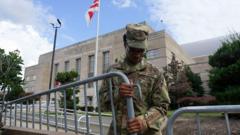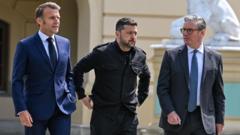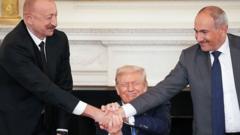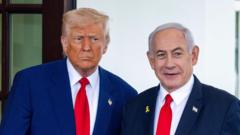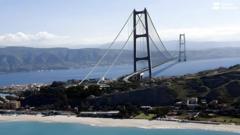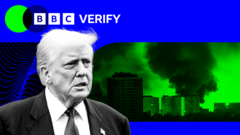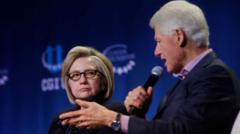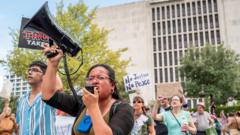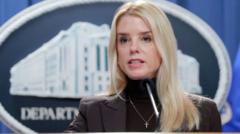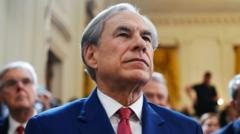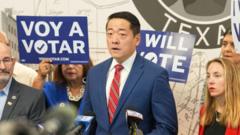Executive orders serve as a crucial mechanism for U.S. presidents to enforce policy unilaterally, affecting various issues from climate change to military decisions. As Donald Trump prepares for a return to power, the implications of these actions are revisited.**
Understanding the Impact of Executive Orders in U.S. Politics**
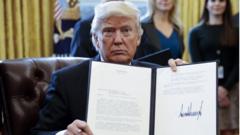
Understanding the Impact of Executive Orders in U.S. Politics**
A look into the significance and historical context of executive orders, particularly as presidential policies evolve and shift with different administrations.**
With the ascendancy of a new president, executive orders become a focal point in the ongoing evolution of U.S. policy and governance. As Donald Trump reenters the White House, he is set to enact over 200 executive actions, which include binding orders and non-legally binding proclamations. Historically, Trump has used this power to significantly influence federal policy, with his previous term seeing the issuance of 220 executive orders.
Executive orders, derived from Article II of the U.S. Constitution, allow the president to act without needing congressional approval. This can lead to rapid changes in policy, particularly in contentious areas. Notably, Trump's agenda includes initiatives to promote artificial intelligence, create a Department of Government Efficiency, and make previously classified documents regarding John F. Kennedy's assassination available.
While some executive actions stimulate national debate—such as the controversial travel ban implemented by Trump or Biden’s re-entry into the Paris climate accord—they can also provoke legal challenges. Historically, these orders have been employed during moments of national crisis. For instance, during World War II, FDR sanctioned the internment of Japanese Americans through an executive order, reflecting how these tools can have profound societal impacts.
The political sensitivity surrounding executive orders stems from their ability to bypass Congress, allowing for swift presidential action. Over time, presidents have relied on this tool more heavily, with Franklin D. Roosevelt leading in frequency by issuing 3,721 orders during his presidency, and contemporary leaders often reversing the actions of their predecessors. As policy priorities shift, these orders not only reflect the ideologies of the current administration but also set the stage for ongoing legal battles and future legislative efforts.
With Trump promising to continue using executive orders to address diverse issues from environmental policies to immigration and equity matters, the discourse around their legitimacy and economic impact remains crucial as the nation navigates a changing political landscape. The implications of his actions can reshape critical areas and will be closely watched as he embarks on his new tenure.
Executive orders, derived from Article II of the U.S. Constitution, allow the president to act without needing congressional approval. This can lead to rapid changes in policy, particularly in contentious areas. Notably, Trump's agenda includes initiatives to promote artificial intelligence, create a Department of Government Efficiency, and make previously classified documents regarding John F. Kennedy's assassination available.
While some executive actions stimulate national debate—such as the controversial travel ban implemented by Trump or Biden’s re-entry into the Paris climate accord—they can also provoke legal challenges. Historically, these orders have been employed during moments of national crisis. For instance, during World War II, FDR sanctioned the internment of Japanese Americans through an executive order, reflecting how these tools can have profound societal impacts.
The political sensitivity surrounding executive orders stems from their ability to bypass Congress, allowing for swift presidential action. Over time, presidents have relied on this tool more heavily, with Franklin D. Roosevelt leading in frequency by issuing 3,721 orders during his presidency, and contemporary leaders often reversing the actions of their predecessors. As policy priorities shift, these orders not only reflect the ideologies of the current administration but also set the stage for ongoing legal battles and future legislative efforts.
With Trump promising to continue using executive orders to address diverse issues from environmental policies to immigration and equity matters, the discourse around their legitimacy and economic impact remains crucial as the nation navigates a changing political landscape. The implications of his actions can reshape critical areas and will be closely watched as he embarks on his new tenure.


